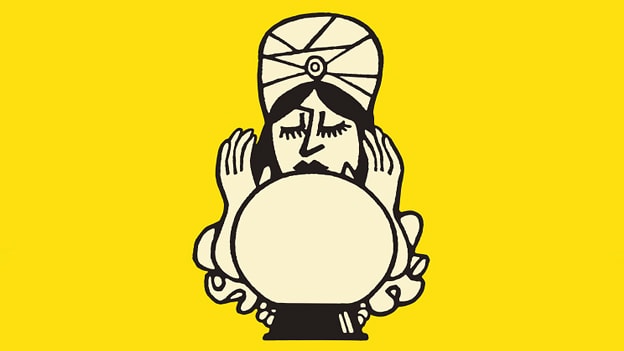HR can predict the future: Notes from Converge 2016

How can HR become a profit center and not just a cost center? When, how and where is work changing? What are some unique challenges in the Indian context? What are some innovations impacting HR process? These are some of the reflections that Frank Ricciardi, Vice President and General Manager – Asia Pacific and Japan and Mark Goldin, Chief Technology officer, CornerStone OnDemand highlighted in their keynote address on “The Evolution of Talent Management: From Automation to Big Data and beyond” at Converge 2016 in Mumbai. Setting the context for the conference, Frank and Mark noted key macroeconomic forces that are forcing business to change: the global nature of businesses with a ‘plug and play’ model spurred by the internet, transformative technology, changing demographics of the workforce – ageing population and a much younger workforce joining in and a world where connection is key to creating powerful networks.
To understand how these innovations are impacting HR, Mark highlighted three trends that HR technology has to contend with:
1) Cloud computing – which has transformed how a technology organization supports people related problems.
2) The second area is to do with mobile and customer satisfaction which is increasingly modeled after the expectations of a generation of digital natives.
3) Big Data which deals with three Vs -velocity – the problem of data coming in at a fast pace, variety – the different kinds of data points that are being generated right from Internet of Things (IoT) to RFID tags and volume – the amount of data that is being collected.
According to one survey by PwC, 86 percent of CEOs felt that their businesses are going to fundamentally change in the next five years. Mark points out that it is SAAS companies that are at an advantage when it comes to identifying trends for the future because they already manage data of several large corporations. This transformative change is only matched by the change in how work is actually done. While one part of this change concerns technologies like webex, skype and other work enabling platforms, the bigger shift is to do with the demographic change.
As per Aon’s 2015 Employee Engagement survey, India has the highest employee engagement scores in the Asia Pacific region, which is also higher than the global average. However, the challenges of doing business are unique, Frank notes that the key to success is to find the right balance for the following concerns:
- Need to balance domestic market concerns and also face global competition
- Fostering a culture of innovation while controlling cost and compliance
- Engaging multi-generational workforce while focusing on cost and productivity.
The changed business context and the challenges call for an integrated or unified approach to managing talent as opposed to automating linear processes. And this kind of innovation across different processes now allows HR to predict the future. Here’s a sample of the kind of questions that HR professionals can ask using technology today:
- Recruiting: Who will stay longer and have greater success?
- Onboarding: What interventions shorten time to productivity?
- Connect: With whom should people connect?
- Performance: What factors drive performance?
- Learning: What will increase compliance?
- Compensation: Which pay structures improve performance and engagement?
- Succession: Which employees are potential successors and likely to succeed?
Access to these kinds of insights should take into account data points pertaining to the organization/industry, talent/user and collaboration/communication. While HR is empowered more than ever before to speak in the language of the business, the journey towards talent technology can often be difficult. Frank recommends that companies start with a pain area and identify insights that can help them manage the process better – whether this as to do with learning, onboarding or even succession planning – thereby enabling the rise of a truly strategic HR. Read more about this session here








